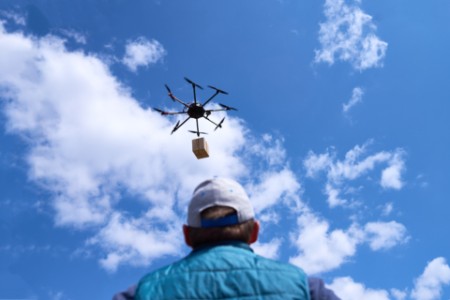What is this about?
In first instance, it concerns distance sellers. These are suppliers of goods who sell their products to private individuals (B2C) and certain types of customers. If they supply goods cross borders and arrange the cross-border transport, the applicable VAT rules will change for them. Additionally and under very specific circumstances, the VAT rules also change for local supplies of goods. The main changes can be described as follows:
- The thresholds for intra-Community distance sales will be adapted;
- A new category will be introduced, namely distance sales of imported goods;
- Even indirect involvement of the supplier with the transport of the goods is sufficient to be covered by the distance selling rules;
- There will be an abolition of the exemption of import VAT for shipments of low value consignments;
- Systems to simplify VAT-reporting will be introduced (the One-Stop-Shop for both intra-Community transactions and imports);
- The so-called online platforms or electronic interfaces are in certain cases deemed to have purchased and sold the goods for VAT purposes, although they do not legally obtain ownership of the goods;
- In certain cases, the moment when VAT becomes due, and must therefore be declared and paid, is adjusted to the moment when the payment is accepted by the customer;
- The invoice obligations will be adjusted; and
- Special arrangements will be introduced for postal and courier companies to facilitate the payment of import VAT when the goods are supplied from outside the EU.
Who will be affected by those changes?
Of course, the distance sellers themselves. They will have to take into account that they will need to charge foreign VAT to their customers much quicker than today. A distance seller is not necessarily an entrepreneur who is only active in the B2C sphere. There are many “mixed” players, serving both B2B and B2C customers. All kinds of consumer goods are indeed suitable and intended for both professional and private use. Just think of a supplier of office equipment or coffee machines.
Furthermore, the electronic platforms or interfaces are caught in the VAT net in more cases as is today. Unlike today where, in principle, they should in principle not be concerned with VAT due on sales by external suppliers who sell products via their website or platform, this may be the case under the new rules. But not always: only in a few well defined cases the platforms will be deemed to purchase and sell the goods. Even if they do not fall in scope of this fiction, but offer products from third party suppliers via their website, they will be obliged to keep records of these sales.
The effects of the new rules reach further than the distance sellers or the electronic interfaces. Think of the logistics players (the postal and courier companies) which are responsible for customs clearance of goods ordered by European consumers and coming from a non-EU country such as China.
The providers of IT infrastructure and ERP packages will need to anticipate the future changes as well. More than in the past, it will be necessary for the suppliers or retailers to have an adequate process and IT system that can correctly qualify the customers (B2B or B2C) and store their identification data.


